Thessaloniki’s modern history is largely linked to the history of the Jewish community, which was present in the city since its founding. From 1492, when their forebears were exiled from the Iberian Peninsula and found refuge here, until their heyday, when their city was called "madre d'Israel", the Jews united their fate with the fate and history of Thessaloniki, their Saloniki.
The Jewish communities of northern Greece were defined by the strong characteristics of their Sephardic heritage and their mother tongue Judeo-spanish or Ladino, the language of the Spanish Jews. These special cultural qualities along with their economic domination in Thessaloniki’s market helped Jews to pioneer economically and socially.
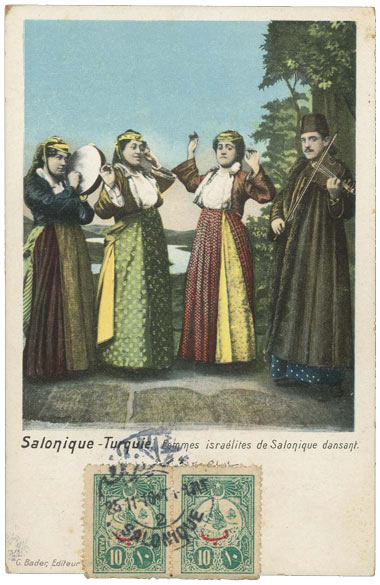
The economic prosperity that Thessaloniki presented before its liberation in 1912 and its official annexation to Greece in 1913 did not involve all its inhabitants. There were obvious social inequalities. While the social structure of the city consisted of a group with significant bourgeois elements, it also included a significant part of the population living in poverty and destitution. These social inconsistencies existed in the Jewish community too. On one side were the bourgeois capitalists like the Allatini and Modiano families, and on the other Avraam Benaroya and his fellows workers that formed the Fédération organization expressing social demands. In due time the impact of the organization beyond suppression and persecutions magnified.
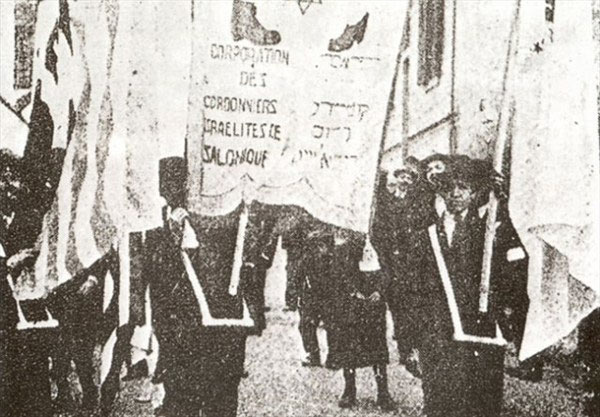
Fédération’s demonstration
Ottoman Thessaloniki
Thessaloniki flourished economically following the general trend of the ports of Levant such as Izmir, Alexandria and Beirut. These cities gathered significant economic activity and constituted multicultural societies with distinct social inequalities though.
The arrival of Europeans, the Franks, was marked with the construction of large infrastructure projects, creating economic dependency. The Ottoman Empire was disintegrating, it had declared insolvency in 1876 and the European debtors were directly collecting the large-scale debts.
All capital investment and infrastructure companies in Thessaloniki were almost exclusively related with foreign capital and a few local entrepreneurs. The port, the gas plant, the tram and the railways were a privileged field of competition but also of cooperation between the great European powers.
Thessaloniki showed its economic potential as its industrial sector was growing from the early 1880s. Tobacco, textile and soap factories made the city one of the most powerful in the Ottoman Empire. In 1900 Thessaloniki handled 15% of the Ottoman Empire’s foreign trade while in 1911 the foreign capital investments in Macedonia exceeded 40% of the total in old Greece.
Liberation and annexation to Greece
At the dawn of 20th century Macedonia was the epicenter of the nationalistic conflict in the Balkans, mainly between Greece and Bulgaria while the Ottomans struggled to keep their collapsing empire united. In 1908 the Young Turk movement broke out in Thessaloniki. Although stating the contrary and echoing the French Revolution ideal of brotherhood of the people, the movement quickly succumbed into a Turkish nationalist attempt to prevent the dissolution of the Ottoman Empire.
The alliance of the Christian Countries of the Balkans against the Ottomans and the two Balkan Wars (1912-1913) changed the status quo of the region. The Ottoman Empire lost most of its European territory while Greek troops entering Thessaloniki on the feast day of its orthodox patron St. Demetrious (26th October 1912 on the Julian calendar).
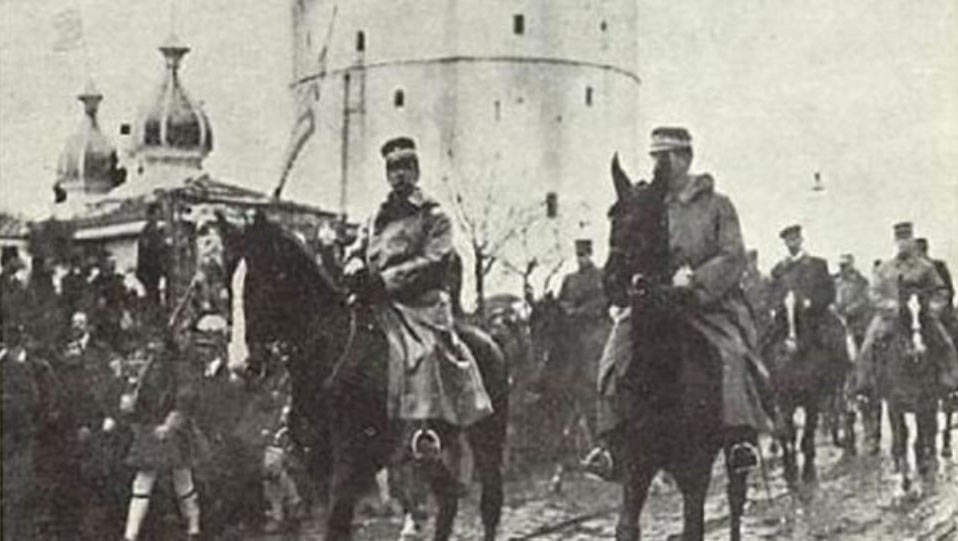
King George and the heir to the Greek throne in front of the White Tower
The 1913 census, carried out by the new Greek administration under the Governor of Macedonia Alexaner Raktivan, depicted Thessaloniki’s actual population composition: the majority were Jews (61.439) followed by Muslims (45.889) and Greeks (39.556). In 1914 the First World War broke out upsetting the region once more. The tumult intensified with the arrival of thousands of Entente’s soldiers in Thessaloniki following the formation of the Macedonian Front in 1915. The presence of the allied forces produced Venizelos’ complete break with King Constantine. While the former supported siding with Entente, the latter encouraged neutrality to the benefit of the Central Powers and Germany. The National Schism would torment Greek political life for decades.
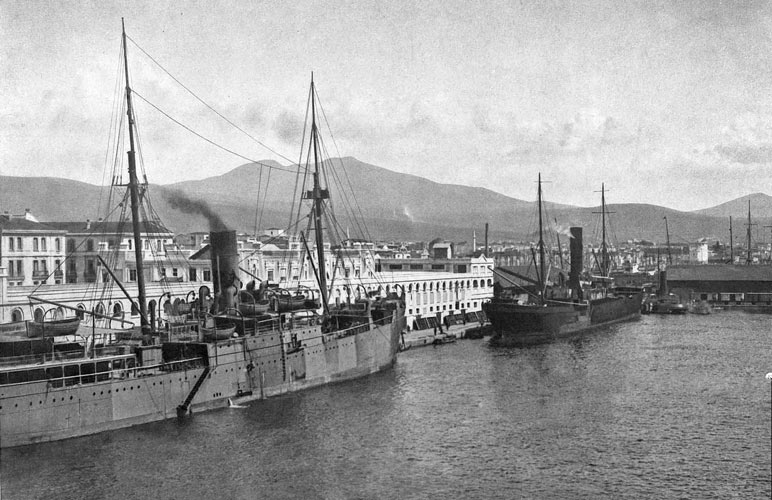
Entente’s forces disembark at the port of Thessaloniki
Only two years after, in 1917 the Great Fire destructed totally a big part of the city and the whole of its old center which was inhabited mainly by Jews. It is estimated that 70.000 people were left homeless, more than 50,000 of whom were Jews. The Jewish community was stricken and had to assist those who had lost everything.
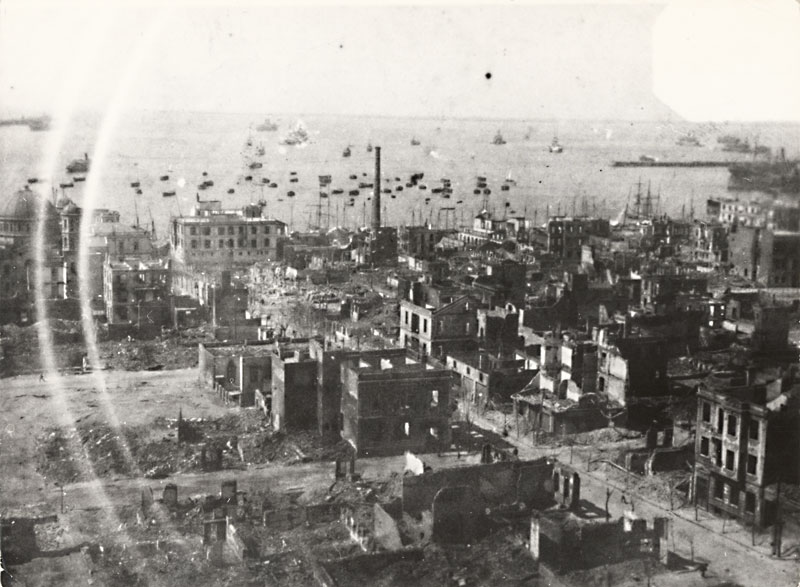
The Great Thessaloniki Fire of 1917 consumed the city’s center almost in its entirety.
The new city’s plan, that followed the destructive fire, generated a major social rearrangement. The properties at the city’s center changed hands falling mainly to Christian and Jews, members of the middle and upper class. The homeless Jews took refuge at the eastern and western outskirts of the city. It was there that they met the Christian refugees who were crowding in Thessaloniki until the population exchange agreement provided by the Treaty of Lausanne after the Asia Minor Disaster in 1922.

